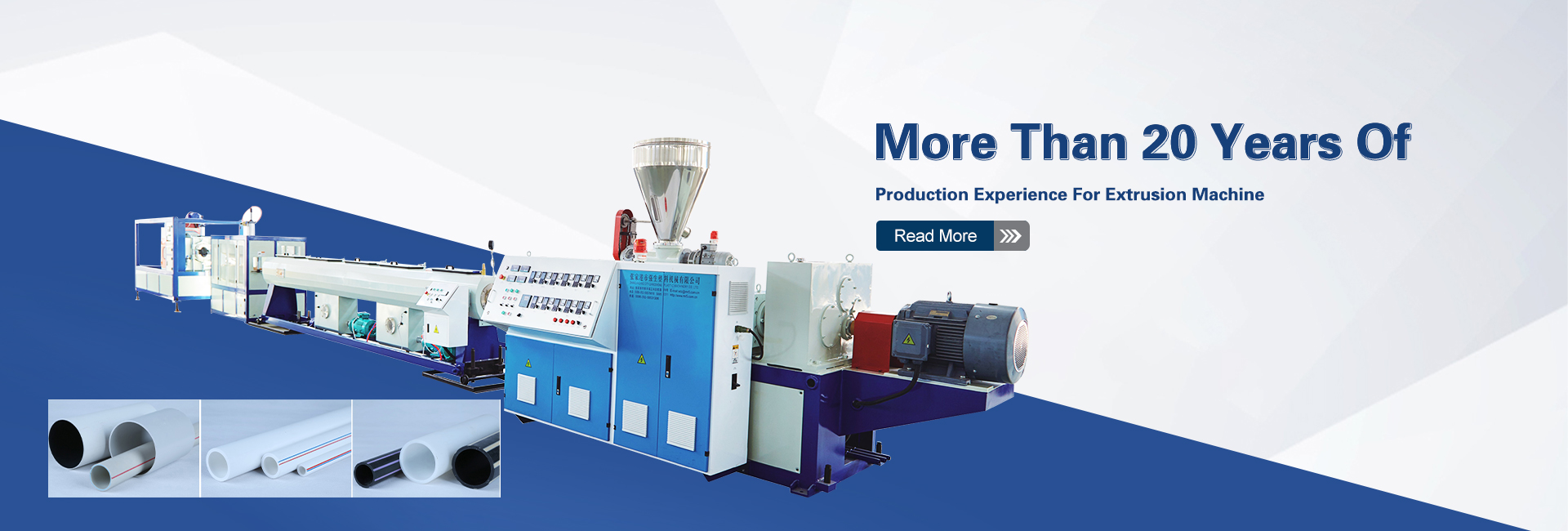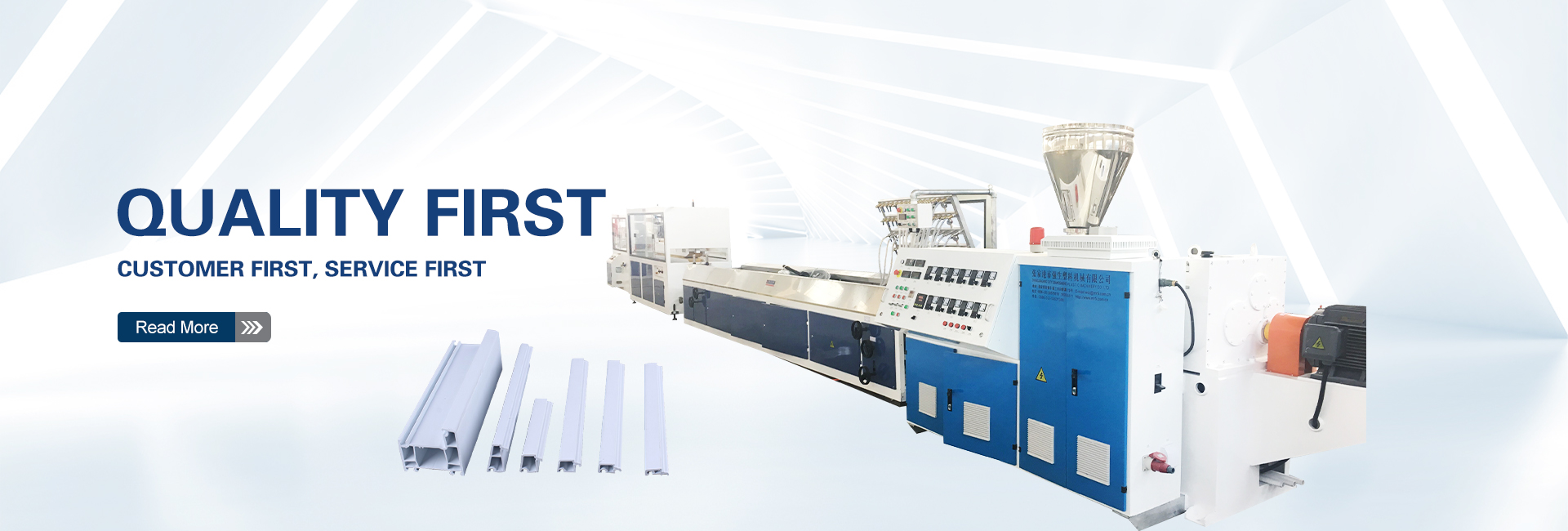Restoring Plastic Extruder’s Vitality: A Comprehensive Guide to Screw and Barrel Repair
In the world of plastic extrusion, the screw and barrel stand as the heart of the machine, transforming raw materials into a diverse array of products. However, like any mechanical component, these crucial parts are susceptible to wear and tear over time, potentially hindering the extruder’s performance and overall efficiency. When faced with such challenges, understanding the repair options and making informed decisions is essential to maintain production continuity and minimize downtime.
Restoring the Screw: Reclaiming Rotational Efficiency
The screw, with its intricate threads and helical design, plays a pivotal role in conveying and plasticizing the molten plastic. When wear and tear take their toll, the screw’s effectiveness diminishes, impacting the extrusion process. Here are some common repair methods for damaged screws:
- Rebuilding for Twisted Mishaps: In cases of a broken or twisted screw, the repair approach depends on the barrel’s internal diameter. The new screw’s outer diameter should be manufactured considering the normal clearance between the screw and barrel.
- Resurfacing Worn Threads: When the screw’s diameter has decreased due to wear, the affected thread surface can be treated and then subjected to thermal spraying with a wear-resistant alloy. This method is often carried out by specialized spraying facilities and offers a cost-effective solution.
- Hardfacing for Enhanced Durability: For screws exhibiting wear on the thread section, a layer of wear-resistant alloy can be deposited using a hardfacing technique. This typically involves adding 1-2mm of material and then machining the screw to the desired dimensions. The wear-resistant alloy, often composed of elements like C, Cr, Vi, Co, W, and B, enhances the screw’s resistance to abrasion and corrosion. While this method is highly effective, it can be expensive, making it less common except for specialized screw requirements.
- Chrome Plating for Surface Hardening: An alternative approach to screw repair involves surface plating with hard chromium. Chromium, known for its wear and corrosion resistance, can be applied to the screw. However, the hard chromium layer can be prone to detachment, prompting careful consideration.
Restoring the Barrel: Maintaining the Flow Channel
The barrel, with its smooth inner surface, serves as the conduit for the molten plastic as it journeys through the extrusion process. While the barrel’s inherent hardness provides some resistance to wear, prolonged use can lead to an increase in its internal diameter, potentially affecting product quality and consistency. Here are some common repair methods for damaged barrels:
- Reboring for Enlarged Diameters: For barrels that have experienced an increase in diameter due to wear, provided they still retain a nitrided layer, the inner bore can be directly reamed and ground to a new diameter. A new screw can then be manufactured according to this revised diameter.
- Re-casting for Extensive Wear: In cases where the barrel’s inner diameter has been significantly affected by wear, the damaged section can be re-cast with an alloy layer of 1-2mm thickness. This method involves precise machining to ensure the correct dimensions.
- Liner Replacement for Localized Wear: Often, the most commonly worn section of the barrel is the homogenizing zone. For these cases, a cost-effective solution involves replacing this specific section (typically 5-7D in length) with a nitrided alloy steel liner. The liner’s inner diameter is carefully matched to the screw diameter, ensuring proper clearance, and then machined and assembled.
Economic Considerations: Striking the Right Balance
When faced with the need to repair or replace a screw or barrel, a thorough economic analysis is crucial. While repair costs may initially appear lower than replacing the entire component, a broader perspective is essential. Consider the following factors:
- Repair Costs vs. Replacement Costs: While repair costs may be lower upfront, they should be compared to the cost of replacing the entire component.
- Repair Costs vs. Remaining Service Life: Evaluate the repair costs against the expected remaining service life of the repaired component. If the repair extends the component’s lifespan significantly, it may be a viable option.
- Replacement Costs vs. Replacement Cycle: Compare the replacement costs of the component to the overall replacement cycle of the machine. If the component is nearing the end of its expected lifespan, replacement may be more cost-effective in the long run.
- Impact on Production: Consider the potential impact of downtime due to repair or replacement. If production is highly time-sensitive, a quick repair may be preferable, even if it incurs higher costs.
By carefully evaluating these factors, you can make informed decisions that align with both economic considerations and production continuity.
Conclusion: Prioritizing Prevention for Optimal Performance
While screw and barrel repair offer solutions for extending the lifespan of these critical extruder components, prioritizing preventative maintenance remains the key to optimal performance and long-term cost savings. Here are some best practices to consider:
- Regular Inspection: Regularly inspect the screw and barrel for signs of wear and tear. Early detection of potential issues allows for prompt intervention and preventative measures.
- Proper Lubrication: Employ a lubrication regime tailored to your specific extruder model and operating conditions. Adequate lubrication minimizes friction and wear on both the screw and barrel.
- Material Compatibility: Ensure that the processed plastic materials are compatible with the screw and barrel materials. Incompatible materials can accelerate wear and tear.
- Process Optimization: Refine your extrusion process parameters, including temperature settings and screw speed, to minimize unnecessary wear on the screw and barrel.
- Investing in Quality Parts: When replacement is necessary, choose high-quality, wear-resistant screws and barrels from reputable manufacturers.
- Partnering with Experts: Consult with experienced service technicians for tailored maintenance recommendations and advice on repairs or replacements.
By adhering to these preventative measures, you can significantly reduce the need for repairs, ensure consistent product quality, and maximize the overall efficiency and longevity of your plastic extrusion line. Remember, twin screw extruder plastic profile extrusion applications often require specialized components due to the complex profiles they produce. When selecting a plastic extruder machine for your plastic profile extrusion line, partnering with a manufacturer who offers preventative maintenance programs and replacement parts specifically designed for twin screw extruders is vital for optimal performance.
Post time: Jun-04-2024



